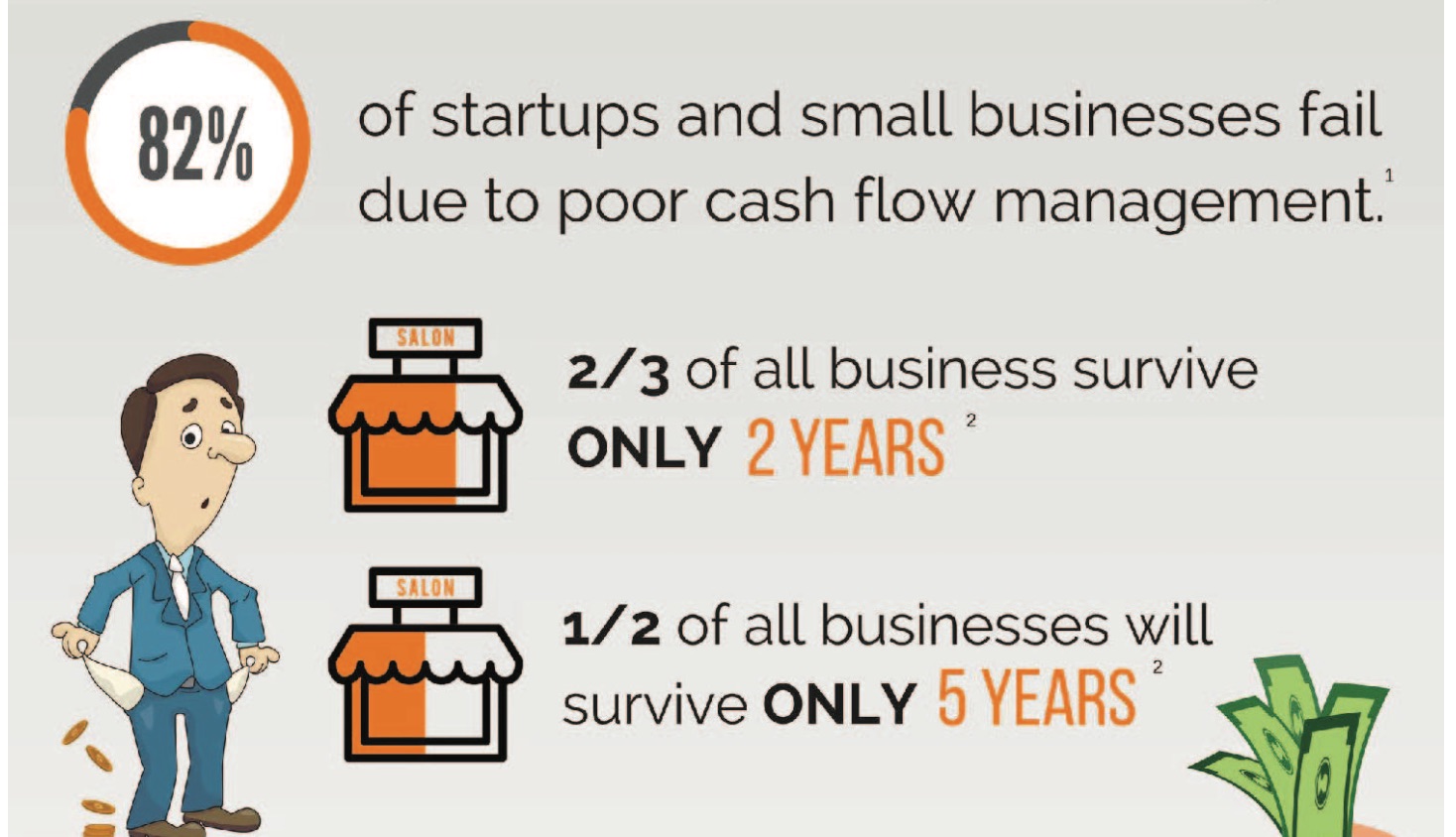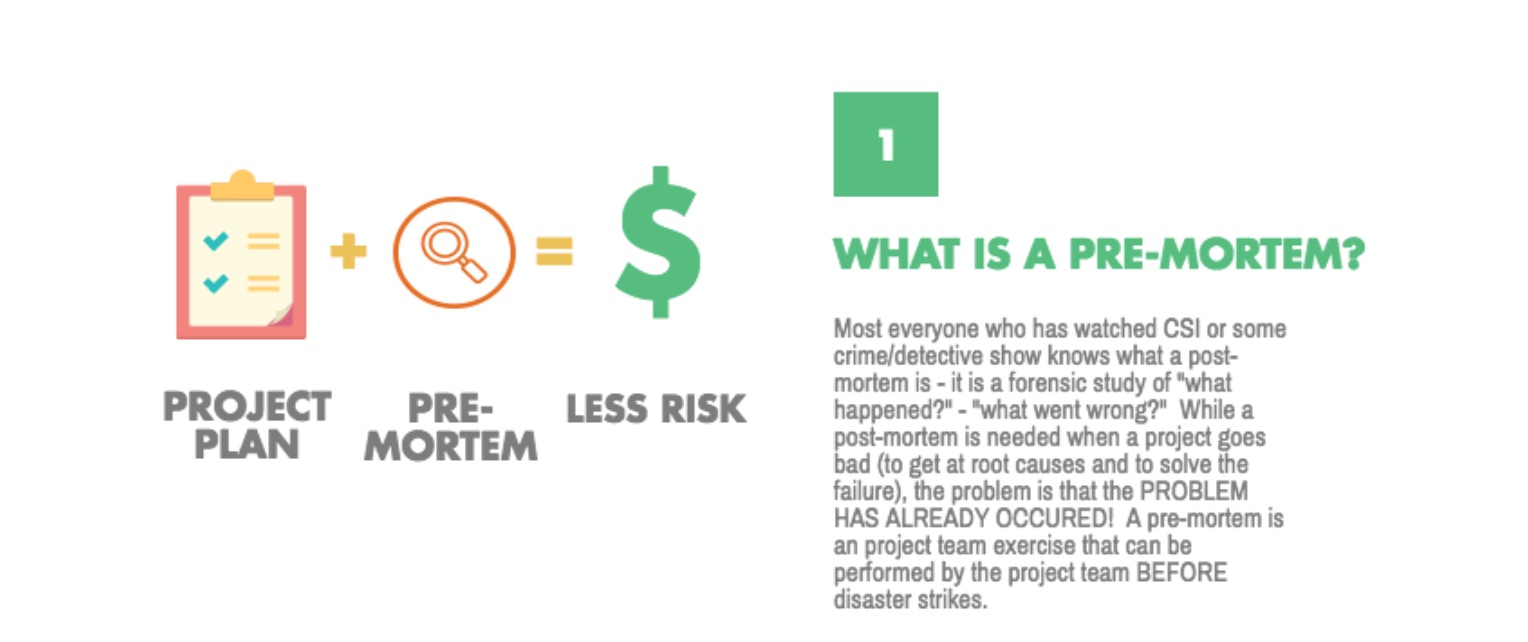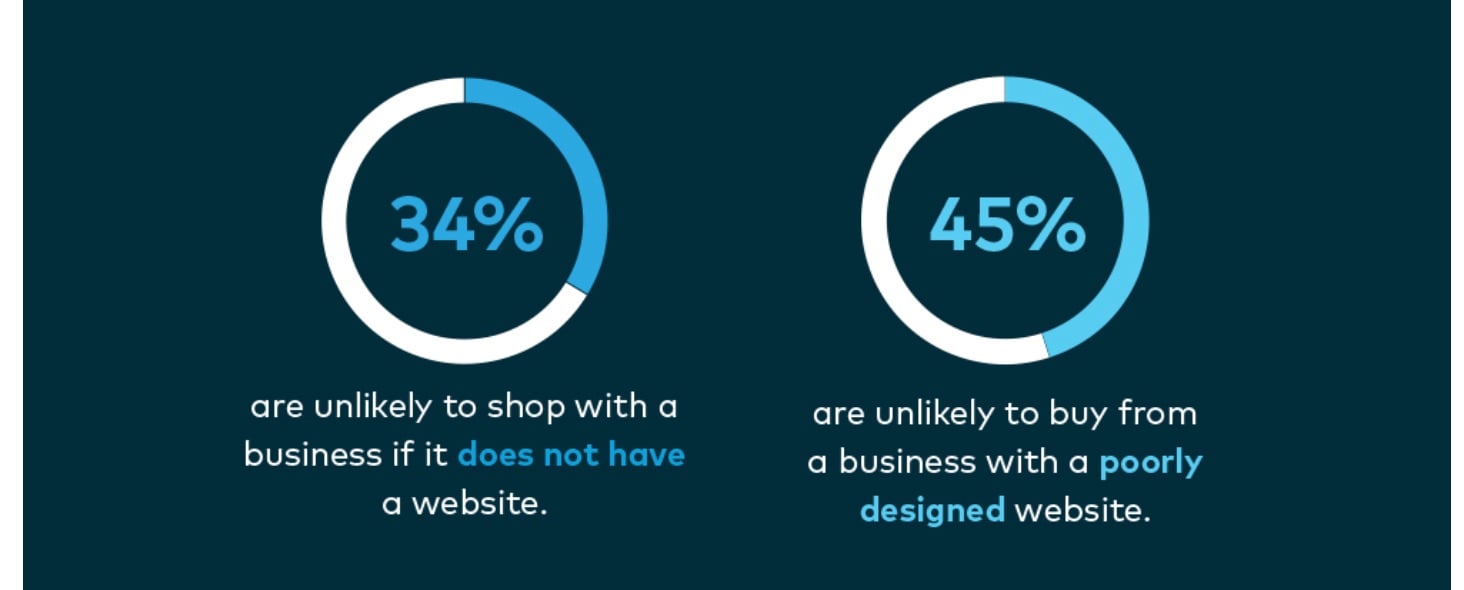How to Grow Your Business by Expanding into New Markets
So, you want to expand your business into a new market?
Nice!
It means you’re doing well and you’re ready to ramp up your business.
I’ll admit that growth is alluring.
The possibility of more profits, more reach, and more impact is enough to get anyone excited.
Expansion is also a big step that you shouldn’t take lightly.
It cannot be done at the expense of your current operations. That’s why I’ll tell you straight up that the information in this blog post isn’t for everyone.
You may not be in a position to expand your business just yet.
How can you tell?
Here are a few tell-tale signs that you’re ready to expand.
1. You have a steady stream of customers or clients.
Do customers come to you or do you have to hunt them down?
It goes without saying, but there’s no business without customers. That’s why the top marketing priority for businesses is to convert leads.
![]()
So, ensure that you have a reliable stream of revenue before you expand.
2. You’re crushing your business goals.
You’re setting specific and measurable goals for yourself.
You’re constantly meeting and even surpassing these goals.
Good.
You’re ready for the demands of expanding into a new market.
On the flip side, if you consistently fall short of your business goals, you may want to take a step back.
3. You’ve got a solid team in place.
With the right team, you can crush it in a new market.
By the same token, without these key players, you’ll have a difficult time executing your vision.
Just look at how much some top companies make per employee.

Of course, these figures don’t apply to the average business. However, they give you a sense of how important employees are to your success.
So, before you take that step, audit your team to make sure that they are ready for the challenge.
4. You have the cash to expand.
Is cash flow tight?
It may not be the right time to expand.
A cash deficit is dangerous for any business. Going into a new market will put an even bigger strain on your resources.
It means your main operation will suffer.
It’s been reported that 82% of small businesses fail due to poor cash-flow management.

It’s also worth noting that you can be successful if you know how to leverage your existing resources.
Bootstrapping can be a rock-solid strategy.
Now:
If you’ve considered the above and you’re ready to take that leap, I’ve got some make-or-break advice for you.
By the end of this article, you’ll have some actionable strategies that you can use to expand your business into new markets.
Let’s get started.
1. Determine what the impact on your business will be
I want to set something straight.
Expanding doesn’t mean abandoning your current operations.
Your business needs to survive the additional demands of a brand new market.
The only way to ensure that happens is first to assess what the full impact will be on all aspects of your business.
This is known as a premortem.

Make sense?
Here’s how you can determine what the impact will be.
First, consider what expansion would entail. Then, map out all the ways that it could affect your current business.
No matter what type of business you operate, growth includes a few key things.
Of course, the specifics of your business also matter, but these are some overarching ideas.
Team members may have to split their time between current and new markets. Will that affect the quality of their work?
Expanding almost always requires a larger team.
You will need additional resources to support a new market. If not, you will be spread too thinly, and your business will take a hit.
Of course, if you have the funds, this isn’t an issue.There will be greater demands on your leadership. How will your day-to-day operations suffer if you aim your focus in a different direction?
Can you handle it all or will you need help?
You will need to uplevel your business processes. I’m talking about better tech, more automation, and more robust systems.
The effect?
Well, it depends on the type of business.
But those who automate their marketing, for example, have the following objectives:

About 90% of respondents to one survey report that their automation strategy is somewhat or very successful in fulfilling these objectives.

2. Decide the expansion route that you’ll take
What exactly does expansion mean?
New products and services? New location? Entirely different market?
It can be any of these options.Here are some expansion routes that you can take.
Take an existing product or service to a new target audience.
This is perhaps one of the easiest routes to take.
You don’t have to come up with an entirely different offer. Instead, you’ll be catering to a new segment of your industry.
Let’s say that you have a business that only caters to women. You may decide that you want to target a male demographic.
Here are some other demographic factors you can consider.
- Age
- Education level
- Income level
- Occupation
- Marital status
Whatever you decide, ensure that what you’re offering is something that your new demographic would find valuable.
Be mindful that desire does not always equal purchase intent. Be sure that they would pay for it.
What influences a customer’s willingness to pay?
There are factors within your control, like customer service and pricing, which affect a customer’s buying decisions.

In any event, when you target new audiences, you would have to alter your messaging. And while you’re providing an existing product or service, your offer needs to be tailored accordingly.
Take a new product or service into your existing customer base.
I’m a big believer in diversifying your offers.
If you only have one or two products on your roster, this is an excellent opportunity to expand.
Want to know the best advice I’ve ever gotten on diversifying?“Stay close to home.”
It’s so simple but so crucial to success.
Staying close to home means not wandering too far off from what you currently offer.
It should be a seamless extension and not a complete U-turn.
What new products will your customers jump at a chance to get?
Again, this strategy shouldn’t be too difficult. You can brainstorm a few ideas and survey your customers to find out what they would buy.
Move to a new location.
This mostly applies to brick-and-mortar businesses. Online businesses are not dependent on geography.
Now, moving could either mean relocating or adding a new store.
Naturally, executing this expansion strategy is far more demanding than the previous two strategies.
There’s a lot that comes into play here. And if you’re not careful, you can sabotage your success.
Here are some prime circumstances for moving to a new location.
- There’s an untapped customer base.
- The cost of operations is cheap or at least affordable.
- You can find the right talent in your new location.
- It’s a good cultural fit.
Explore an entirely new vertical market.
First off, vertical-market entry is challenging.
A vertical market is one in which you offer products or services specific to an industry. You can decide to operate in an entirely different space than you’re in right now.
Remember my advice about staying close to home?
This strategy violates that bit of wisdom.
However, it is an option worth mentioning.
Here’s an example:
A business in the fitness industry can decide to go into fashion.
Do you have to reinvent your business to satisfy this new vertical?
Not exactly.
Take the example above. There can be an overlap with fitness and fashion.
This brings me to the next point.
3. Ensure that there’s alignment between your current business model and the new one
Your business model is essentially your vehicle for driving results.
It’s your logic board. It’s how you operate. It’s how you create value for all stakeholders in your business.
If you have to change that to be a player in a new market, it’s not the same business.
Sure, you can modify the way you operate to meet the demands of a new marketplace.
But there shouldn’t be a complete overhaul of the core of your business.
That’s what I mean by alignment.
When you’ve got an overlap between your current and new markets, you’ll have a more seamless expansion.
This means that there’ll be little (if any) disruption to your current operations.
So what are some specific examples of strategic alignment?
- Finance and resources: Consider what you’ll be creating to satisfy each market. Can existing resources be used across the board?
- Customers: What type of person will you be serving? Are there common needs, desires, or values in all markets?
- Communication: Can you lead with the same value proposition?
- Processes and execution: Is there alignment with technology, distribution channels, market research, etc.?
- Team: Will you use the same team members? If not, will there be alignment with the way your recruit, onboard, and train new people?
4. Don’t leap on a hunch
So, you’re convinced that you need to expand into new markets.
You’ve done some of the groundwork.
What now?
Do you go full-throttle into market domination?
Nope.
It’s time to take a pause.
Expansion is no small feat. You need to ensure that you have concrete data to act on.
Here’s what that process looks like.
Step #1: Clearly define the market that you want to enter.
If you went through the first three strategies, it’s easy sailing from here.
You likely have an idea of where you’re headed.
State it in definite terms.
- Demographics of target audience (age, gender, occupation, etc.)
- Psychographics of target audience (attitudes, aspirations, values, etc.)
- Location (actual physical location or geographic data for an online audience)
- Problem (decide the problem that you’re solving)
- Solution (the complete details of the products or services that you’ll provide)
These are just a few factors to consider.
Step #2: Validate your new market.
There’s no point in risking your business if you’re not sure there’s a place for you in a new market.
Here’s the interesting thing, though.
There are at least four layers of validation. Most people only ever validate their idea on one level.
Do you have to do all four?
It depends on your expansion strategy.
I’ll tell you the four layers, and you’ll decide.
Problem: Does the problem you think you’re solving exist? Is it a big enough pain point?
A simple way to know is to conduct surveys or phone interviews.
Interviews are more insightful because you can have a two-way conversation.
Product: Does your product effectively solve that problem?
How do you know?
Get a minimally viable version of your offer out as quickly as you can.
Then, test it with a few of your target users. Pay attention to their feedback. The goal is to ensure your product works for the purpose for which it’s intended.
Not only that, but you want to offer something that is superior to alternatives on the market.
Market: There may be a problem, and you may have a viable product. But is there a large enough market worth tapping into?
First, get a general overview using Google Trends.
Type in your market or particular product into the search bar.

You’ll get a graph giving the search volume for your keyword over a given period.

You want a graph that’s steady or on the rise.
You can also use a tool like Google Keyword Planner to find more precise data on keywords in your market.
Profitability: This may be a shocker. A problem, product, and market do not equal profitability. Do your target customers have a readiness to pay you for a solution?
That’s what matters.
Here’s how you can find out.
Go for the sale. This is the surest way to know if someone will pay for your solution.
Collect some valuable leads from your new market, nurture a relationship with them, and sell your product on your website.
Having a primary web home base is important. 34% of people are unlikely to buy from a business without a website.

Another way to find out is to do competitor research.
If people are paying your competitors, nothing is preventing them from investing in you.
You can conduct a simple Google search to find your competitors.
5. Decide how you’ll position yourself in this new market
You’ve validated your expansion goals. Well done.
It’s time to decide how you’ll position yourself in this new market. I’ll tell you why that’s important.
There are likely other players in this new space. They will be well entrenched and will have a loyal customer base.
This means that you have to compete and win if you want to be profitable. The best edge you can have is to nail your positioning.
The good news is that you’ve already done the groundwork for this.
Here are the elements that you need to clarify your position in the marketplace.
- Who you are
- What your business offers
- Why you’re in business
- Who you serve
- What the people that you serve want
- How their lives change when they get it
- How you do all of this differently than your competitors
That’s all there is to it. Of course, it’s going to take thorough research to get to the core of these elements.
While you’ve already sized up your competition a bit, I recommend spending considerable time on a competitor analysis. Why?
Doubling down on your differentiating factor is super important. You can’t narrow in on that without turning the competition inside out.
6. Establish your go-to-market game plan
It’s time to execute. Here, you’ll create a roadmap to enter your new market successfully.
It’s been reported that 64% of entrepreneurs who have a plan are more likely to grow their businesses.

The first step is to set a revenue goal.
While business is not all about chasing numbers, you need a measurable performance indicator.
After you’ve set your goal, you can establish a plan for what your sales cycle will look like.
Consider the following elements.
- What’s your pricing model?
- How many customers would you need considering that model and your revenue goal?
- How will you generate and nurture leads?
- What marketing strategies will you use?
- What’s your sales strategy and delivery method?
- What are the key performance indicators for each of these elements, and how will you measure them?
7. Don’t stop at entry
Entering a new market is only the beginning.
If you execute your plan successfully, you’ll be looking at a base of new customers.
Your task now is to provide a superior customer experience. Because guess what?
If you’re churning customers as fast as you’re acquiring them, that’s not exactly a slam-dunk win. In fact, it’s a loss.
And it’s super easy to lose customers, especially when you’re a new player in a market.
Here’s what I recommend:
- Map out your entire customer journey.
- Keep track of every interaction that they have with you at each touch point.
- Engage on social media and listen in on the conversations that are happening around your brand.
- Identify customer advocates and nurture relationships with them.
- Conduct frequent surveys to keep on top of your customer’s needs.
There’s no shortage of ideas for keeping your customers delighted with your business.
The key is to keep engaging with them in real time. For this purpose, 60% of respondents to one survey expected small businesses to have a social media presence.

It will minimize churn and extend your customer lifetime value (CLV). This is crucial if you want to maintain a position of strength in both your original and new markets.
In fact, 76% of businesses agree that CLV is crucial to their organizations.

Conclusion
Expanding your business is a thrill.
I know that first-hand.
For some people, diversifying isn’t a choice. It’s a necessity to survive the ever-shifting world of business.
I suppose that’s part of the thrill.
But here’s the thing.
It can also be a daunting experience.
The sheer number of pieces that need to be moved to scale a business is overbearing for many people.
It’s important that you at least understand what the process entails. This way, you won’t put your current operation at risk.
Fortunately, I’ve covered the most crucial details in this article.
If you’re certain about moving into a new market, use these strategies. You’ll be well on your way to becoming a dominant player in whatever space that you decide to enter.
What strategies will you use to scale your business?
The post How to Grow Your Business by Expanding into New Markets appeared first on Neil Patel.




Comments
Post a Comment